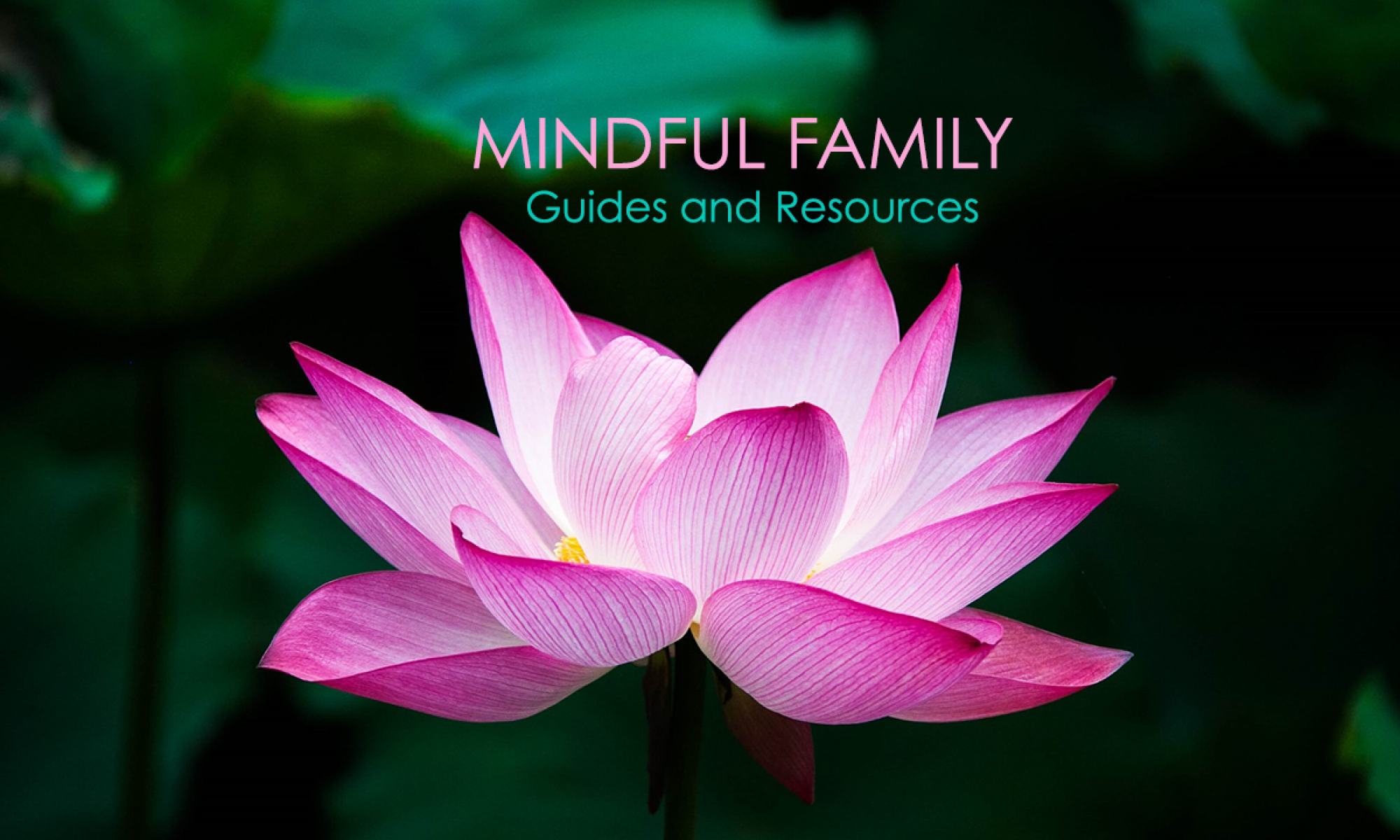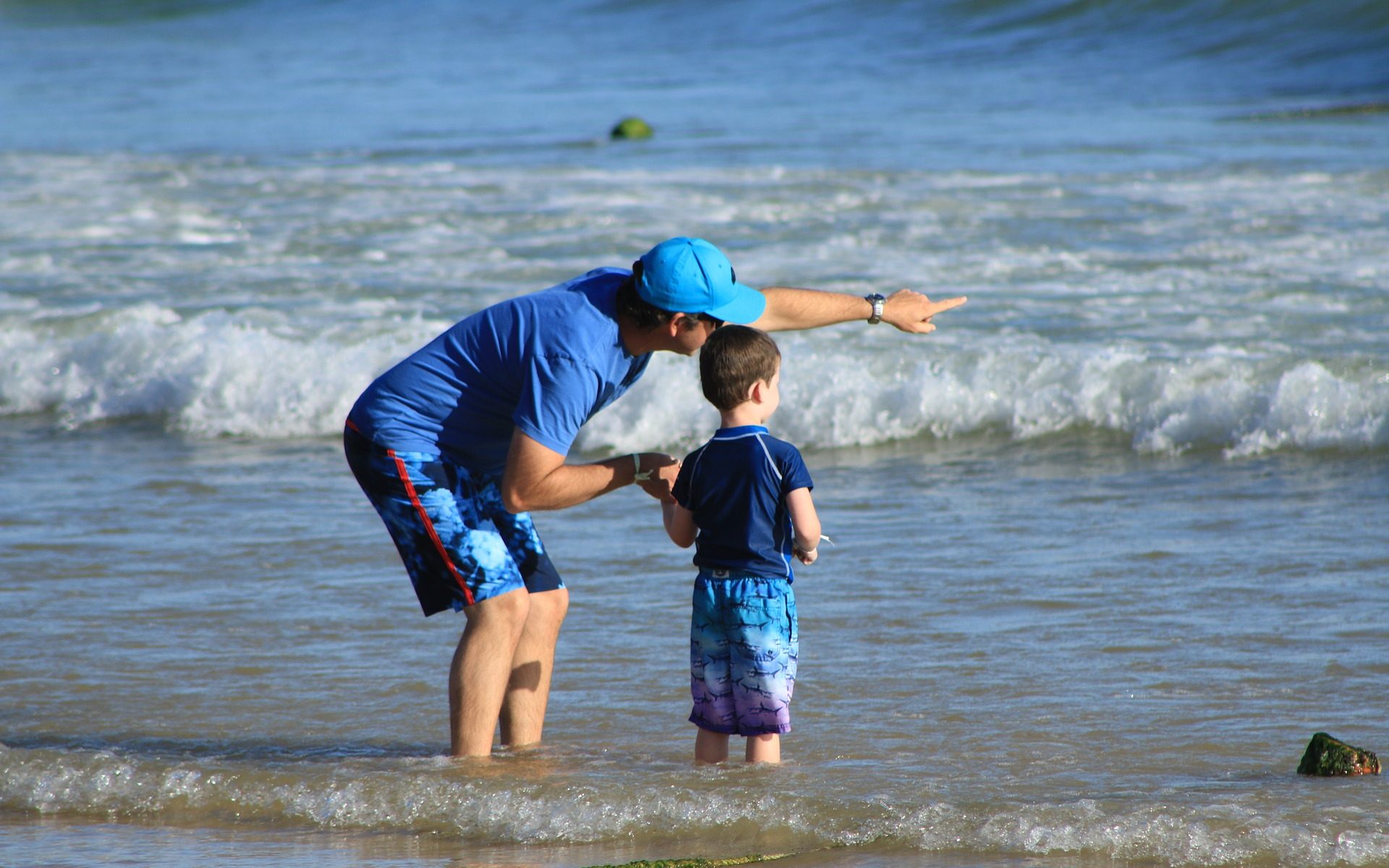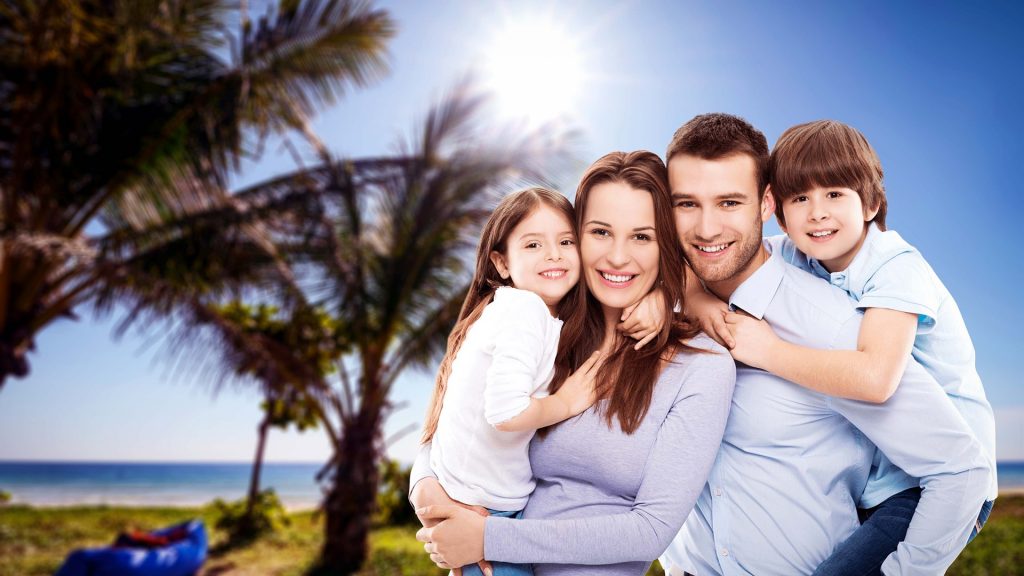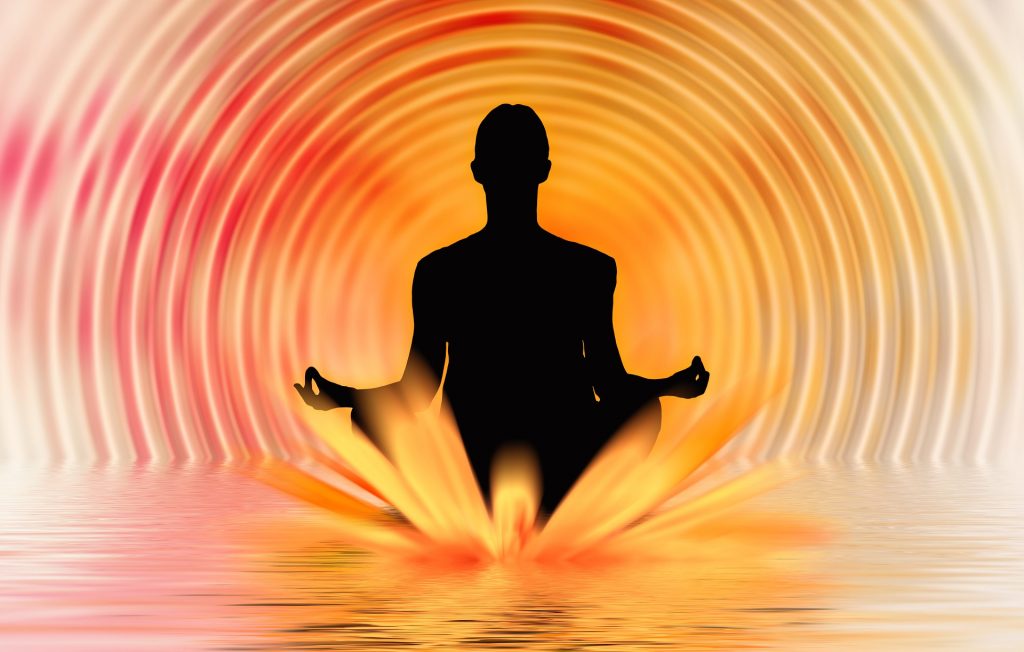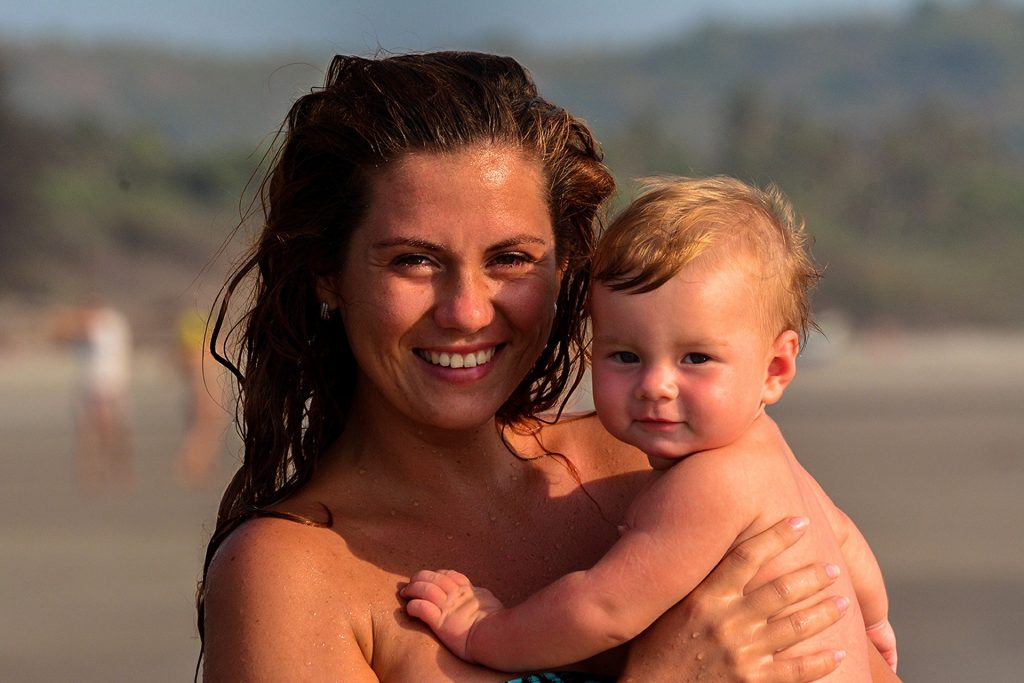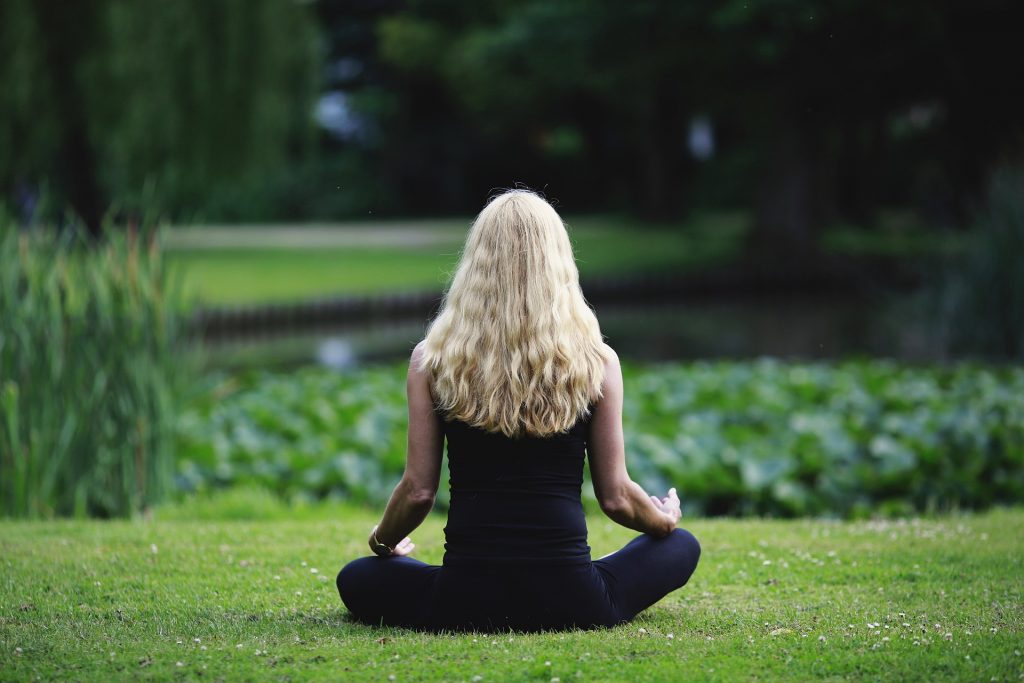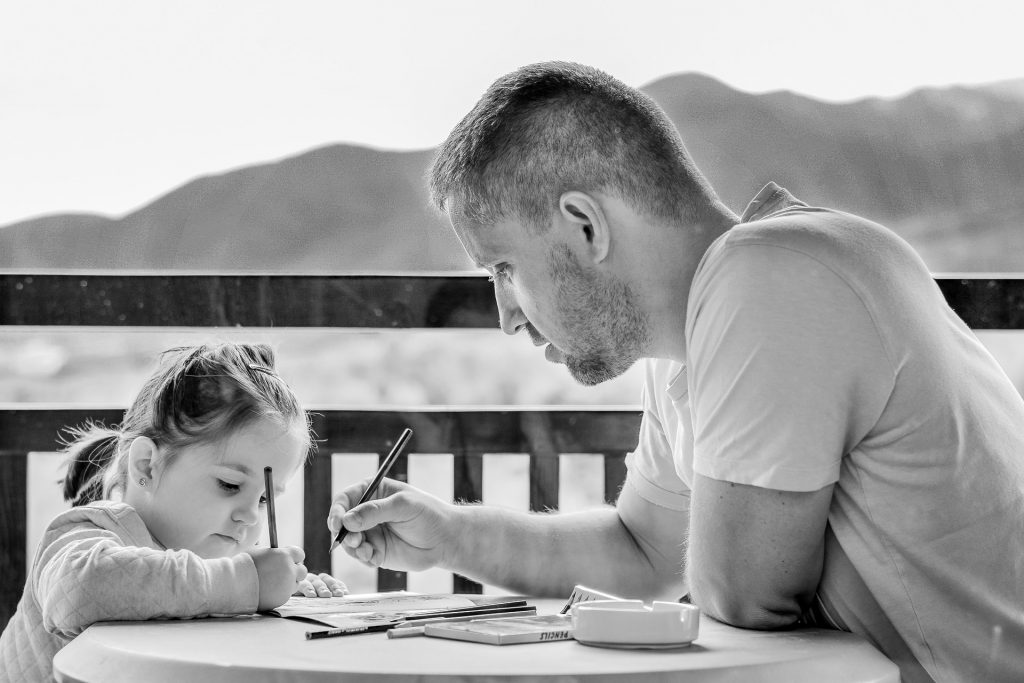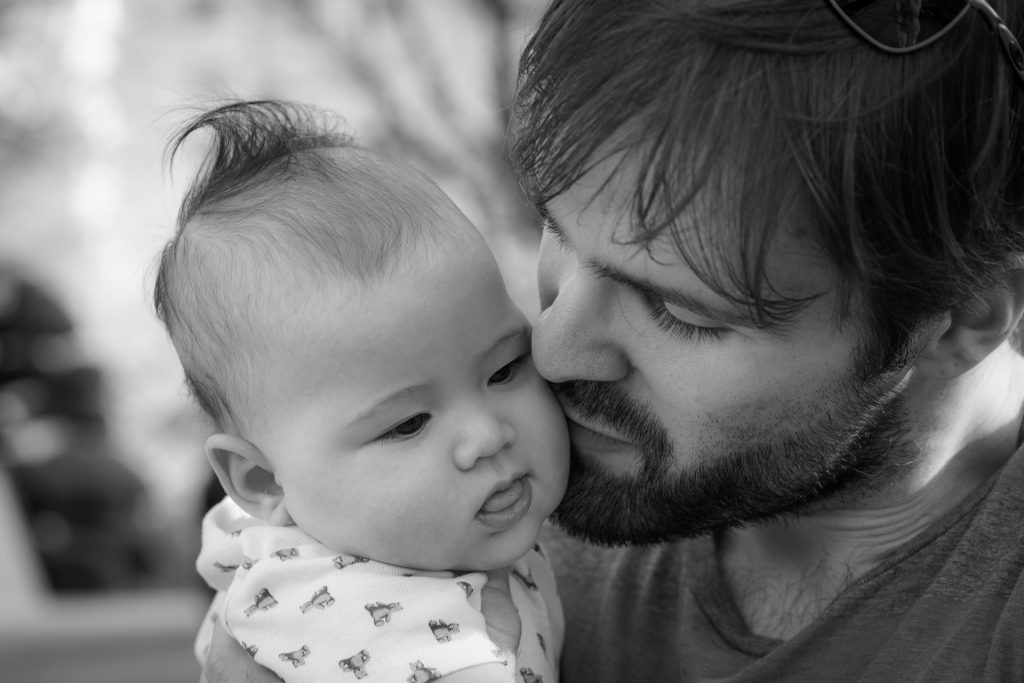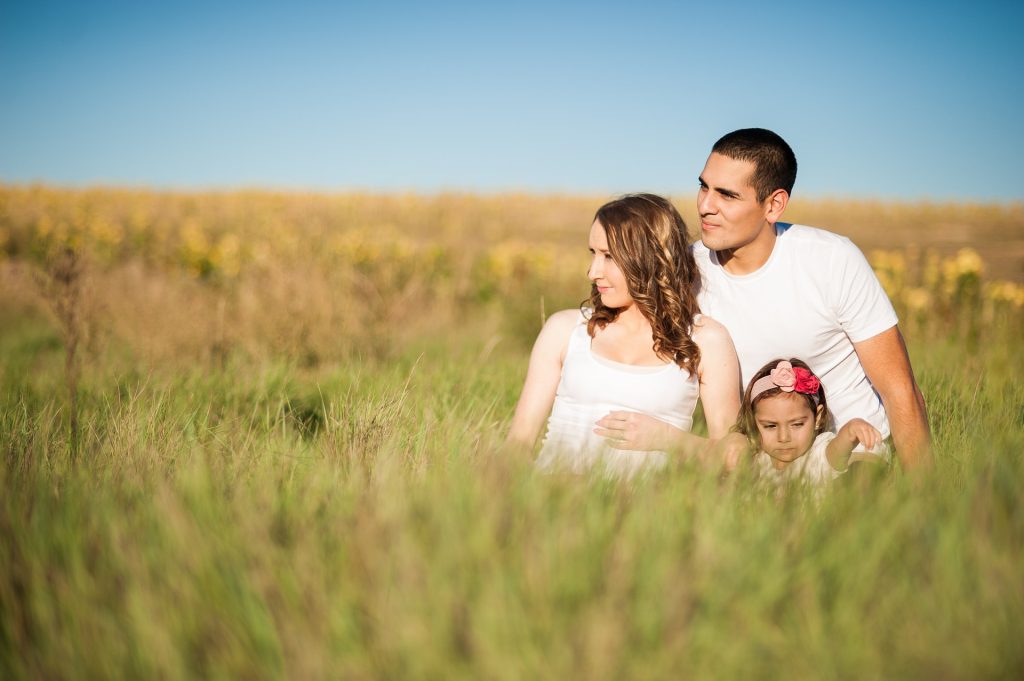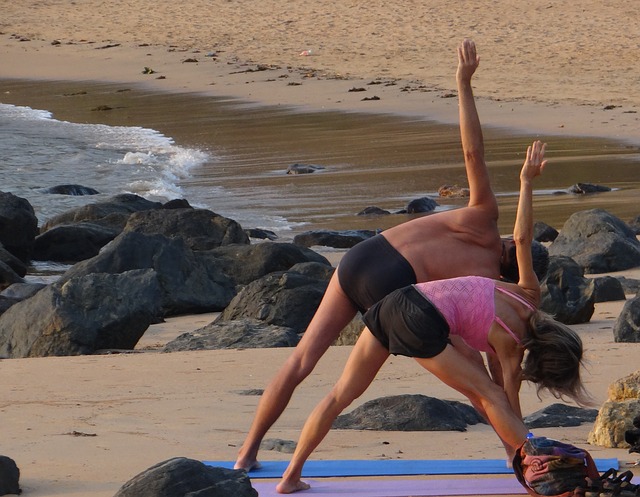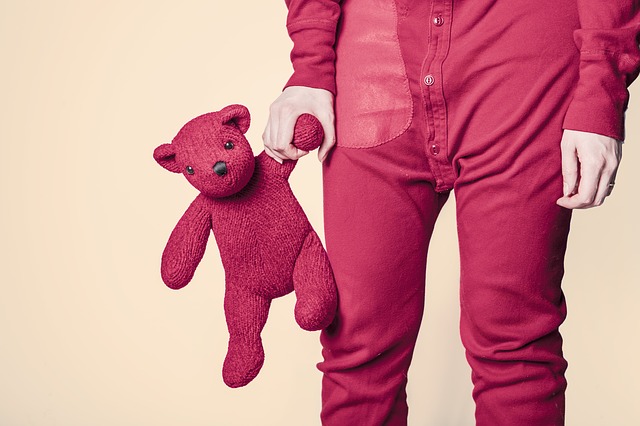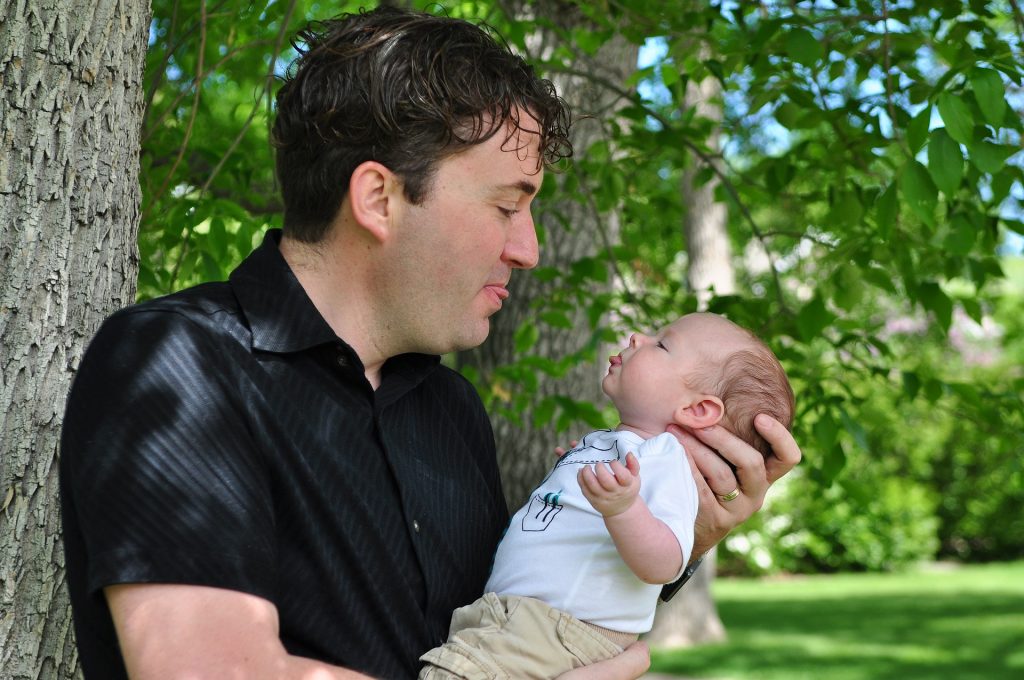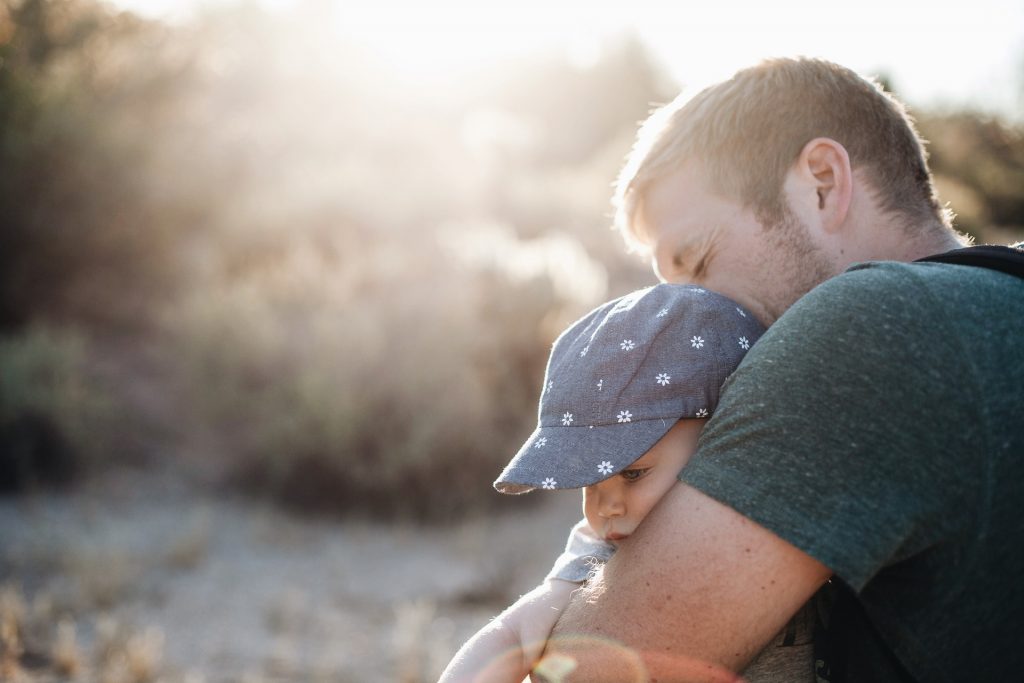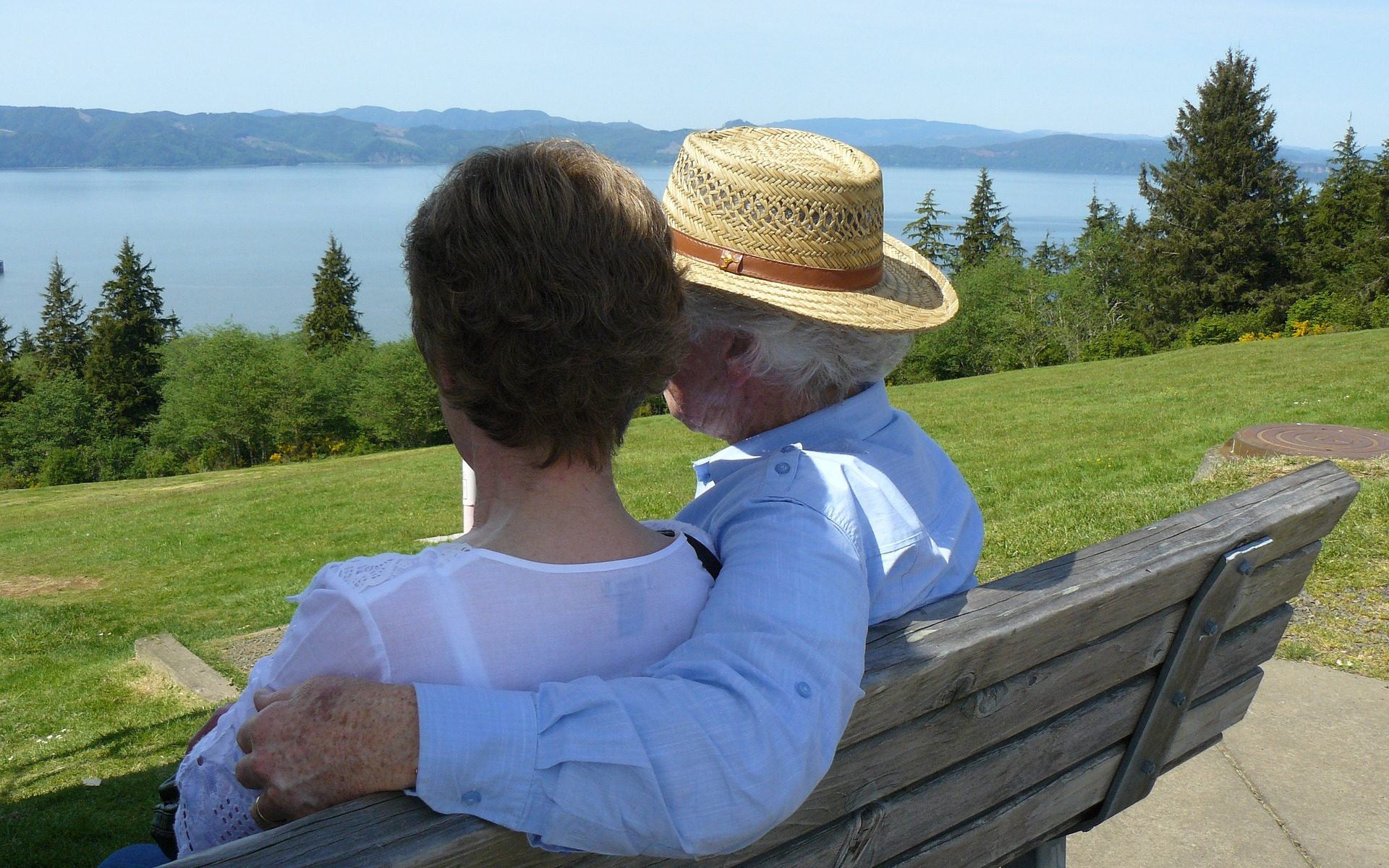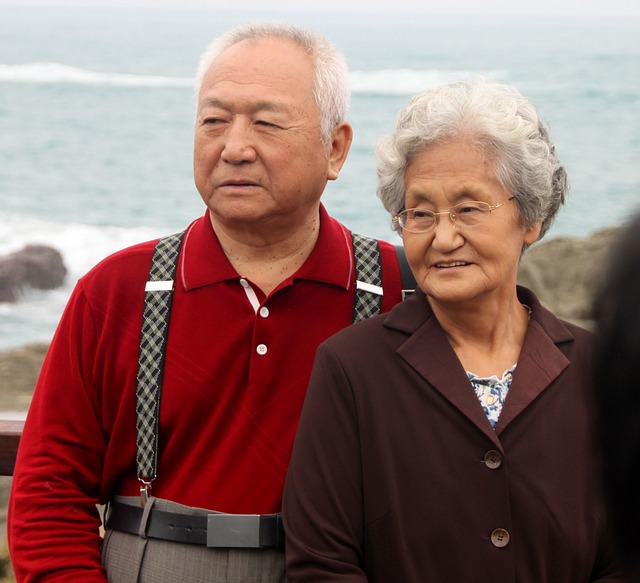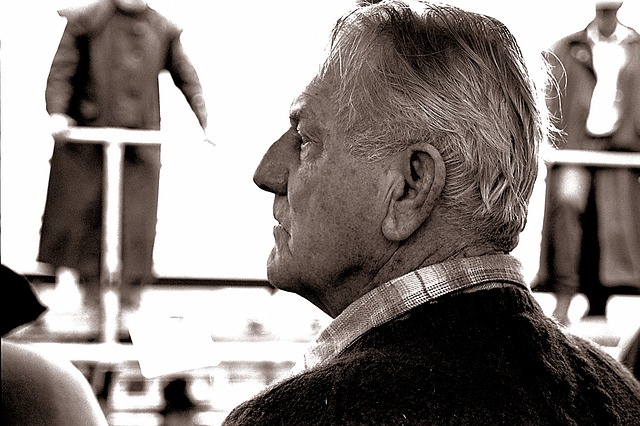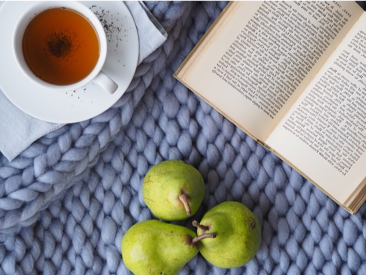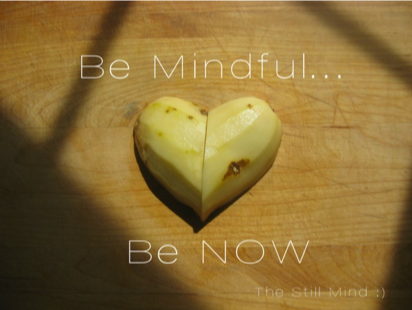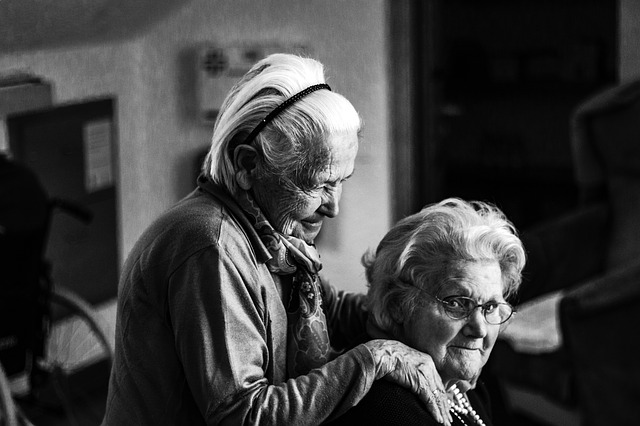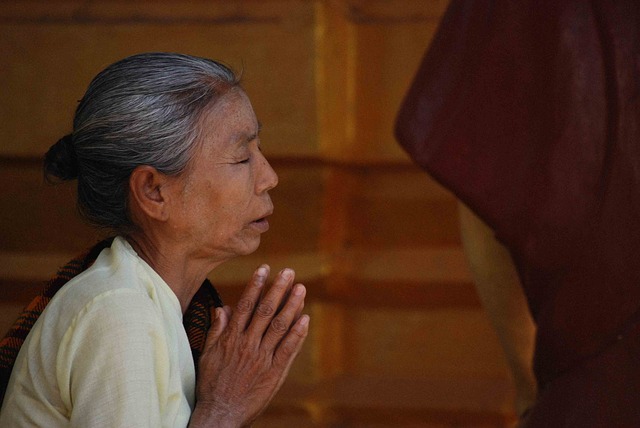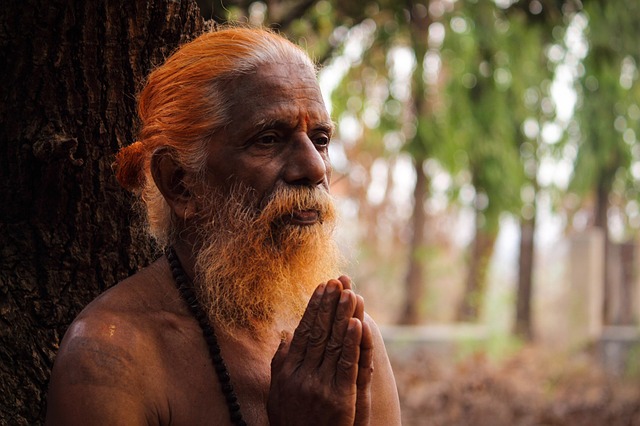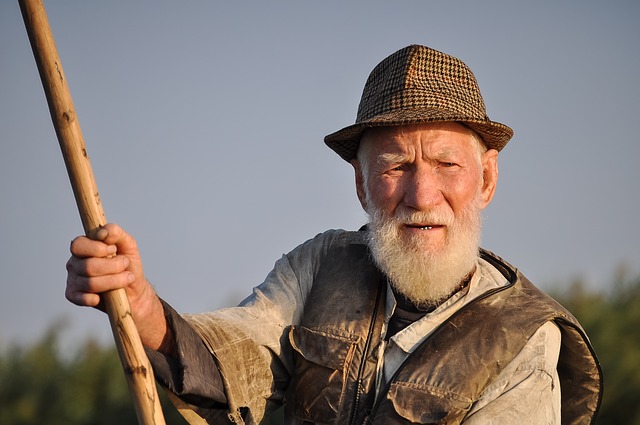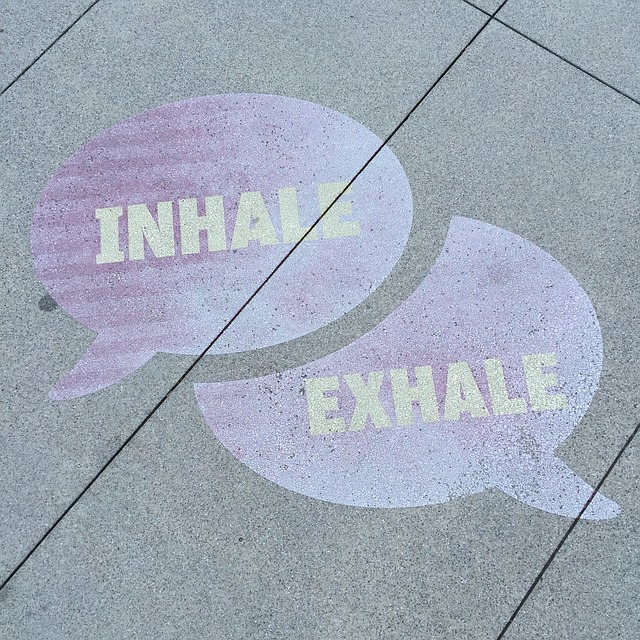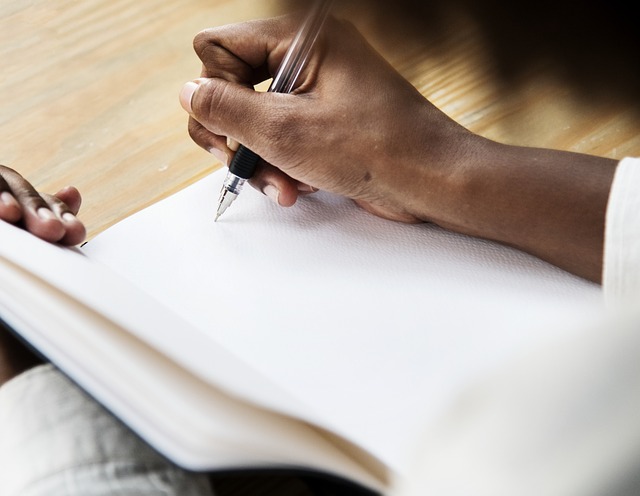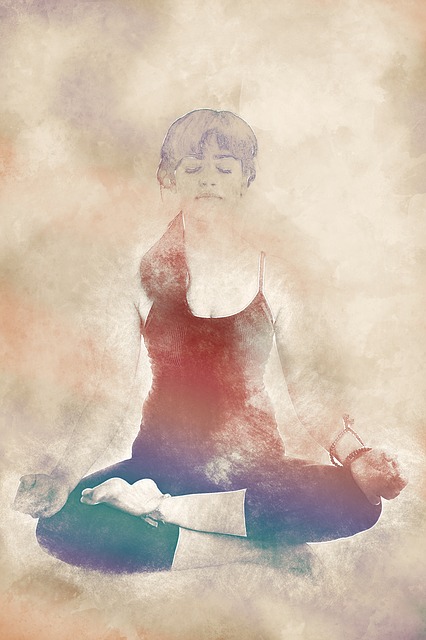By Jenna Bissoondatt
Mindful Young Adults (ages 19-35)
As a young adult, you are at a point in your life that is unique to each individual. For some this time can mean getting married, having children and buying your first house. For others it can be a time for education and career advancement. And for many it is a combination of some of these mixed with travel, exploration or finding purpose. It is important to always remind yourself that your path is a unique one, meant only for you and comparing yourself to others will not help or guide you on your way.

This time in your life may be very stressful as you feel the pressures of adulthood and expectations from society or your family to act a certain way or meet certain criteria while your own true wishes can be put on the back burner. Whatever you choose to do and however you choose to forge your own path is going to be a personal venture, but what is important is remaining grounded and mindful of these expectations. Not only should you be aware of what is expected of you, but also what you expect of yourself and how you respond to the external pressures of others (Sheridan, 2016).

Knowing your values and where you stand on these societal “norms” is instrumental in leading a life that is fulfilling to yourself and not just to the outside world. No matter what choice you make, whether having a family is a priority for you or seeing the world’s wonders or even both, it should be done with the assurance that it is right for you at this point in your life.

There are many tactics that can be used to enable you in your mindfulness, but it is important to remember that mindfulness is easily barred under stress, fatigue, frustration and uncertainty (Sheridan, 2016). For this reason, your overall well-being must take precedence at all times. Ensuring you are taking care of your physical, mental, spiritual and social health will aid you in your path to maintaining mindfulness and being mindful can improve the way you deal with unhealthy habits and stress (Wright et al., 2018).

Parents of Young Adults
If you are the parent of a young adult, mindfulness practice is beneficial to you as well. Many times, as parents, because we want what is best for our children, we tend to put a lot of pressure on them. This is evident today because of the trend towards settling down later in life than previous generations. Young adults are less financially stable, are more flexible in their careers, and stay in school or go back to school later than ever before.

This may be a cause of worry for you as their parent, concerned that they aren’t taking on responsibility or are hiding from adult life or even blaming yourself that you did not do a good enough job preparing them for success. But in these cases, you have to remind yourself that your child needs the freedom to explore their options in their own way at their own pace. It is also important to remember that each of your children will do this differently and you cannot expect the same timeline or needs for all of them to be the same.

Benefits of Mindfulness
Mindfulness has many benefits and can be used to mitigate anxiety, depression and other forms of emotional distress (Coholic, McAlister, Eys, Sugeng & Smith, 2018). It can help you to learn acceptance and promote more positive thinking. Essentially mindfulness can be what you want it to be and it has capabilities and possibilities that are only limited by your ability to practice mindfulness. Practice is key, it is not something that comes as second nature or can be mastered with a few attempts. It will take hard work but again the benefits are invaluable to your well-being and well worth the time and effort. You may be skeptical of the power of mindfulness, as many are, but given the opportunity there is no telling what you can be capable of by opening yourself up to the practice (Foundation for a Mindful Society, 2018).
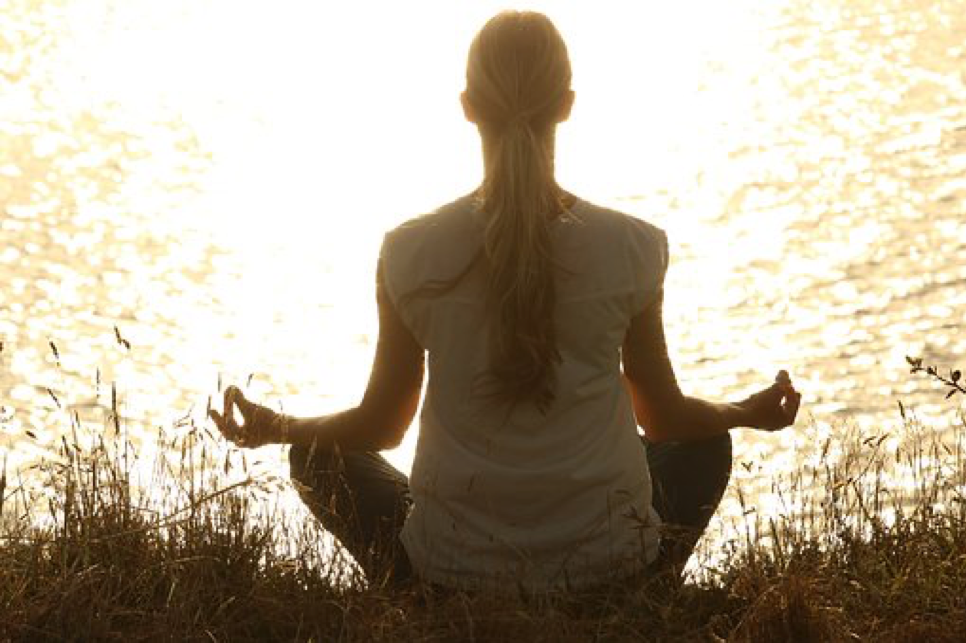
A couple of exercises that may be beneficial to begin practicing mindfulness are explained below.
Body Scan

A big part of mindfulness is awareness and intention, we want to become aware of what we are doing, why we are doing it and move with intention (Positive Psychology Program, 2017). The first exercise I want to explain is called a body scan. During a body scan you can either lie flat on your back with your palms facing up or sit comfortably and relaxed in a chair with your feet flat on the ground (Positive Psychology Program, 2017). During this exercise you will want to keep very still and if you feel the need to readjust or move, it should be done purposefully. You want to draw attention to your breath, without changing its rhythm but focusing on the inhalation and exhalation and how each part of your body feels. For example, what are you wearing and how does it feel, what does the floor against your back feel like and how is the temperature on your skin.. You can then start to recognize if there are any areas of your body that have less feeling or has a heightened perception of sense and note the sensations. After you have gone through all the parts of your body beginning from your toes all the way up to your head, you can then come back to open your eyes and slowly sit up.
Self-Compassion Pause

A second exercise, that is slightly more advanced but pertinent to being compassionate with yourself is the self- compassion pause. Oftentimes even those who are compassionate to others find it difficult to cut themselves any slack (Positive Psychology Program, 2017). The self-compassion pause is something that can be done to mindfully bring yourself to extend your compassion inwards and not just outwards. It begins by writing down the date, then bring your attention to one thought, emotion or physical feeling; this can be painful, embarrassing or disturbing to you. Take notice of this and become mindful of it, then remind yourself that you are a human being and acknowledge the feeling. Next give yourself a hug or place your hand over your heart in compassion, acceptance and permit yourself to feel that emotion. This is not a time to breakdown but acknowledge and forgive yourself and accept that this is human and your feelings are validated. The final step is to vocalize three statements. Firstly, stating “this is ” (i.e. Heartbreak), then “_ is part of being human” and lastly making a statement that offers compassion to yourself such as “I love myself just as I am”.

There are many other ways to practice mindfulness and some exercises can take place anywhere and only take a few minutes, where others may span much longer time periods and require absolute silence and privacy (Foundation for a Mindful Society, 2018). Wherever you are in your mindfulness practice, it is important to recognize that this journey is yours and is a continuing one that isn’t necessarily a means to an end goal. It is a constant learning process to see yourself more clearly, to accept more deeply and truly feel a sense of enlightenment of which you may or may not understand yet.

Try My Breathing Exercise Video
Video created by
Jenna Bissoondatt
1:44 mins, November 2018
Mindful Resources
Aware

This is a resource that can be accessed on the website or downloaded as an app. It offers games for young adults that encourage mindfulness and helps people learn and begin to meditate. The app acts as a guide for a new way to live and promotes awareness and being present. There are options for short guided meditations for any time of day, breathing exercises and many others that help with relaxation and remaining calm.
Headspace
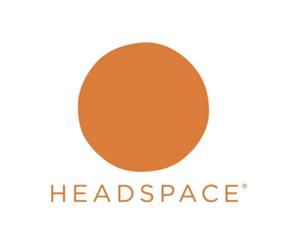
This is a personalized meditation guide that offers SOS exercises in emergency situations, sessions for stress and anxiety and even meditations to promote ideal sleeping conditions. It is available in the app store as well as online. Headspace is designed to reduce daily stress and perceived stress, improve focus, attention and the ability to ignore distractions, and boost compassion.
URL: https://www.headspace.com
Mindful: Healthy mind, Healthy life

This is a website with information about all aspects of mindfulness. It has descriptions about the biology and psychology behind stress and research supporting the use of mindfulness. There are exercises for people with different types of stressors and information about how mindfulness is beneficial for mental health, physical health, relationships, work and kids. There are podcasts, guided meditations and exercises available on the website as well.
Mindfulness Everyday
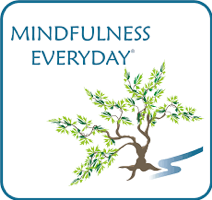
This is an organization with a website offering programs regarding mindfulness. There is a special focus on parenting with mindfulness as well as links to an abundance of resources. There are also lists of books to aid you on your journey of mindfulness and many opportunities to attend conferences or access teachings about mindful living.
URL: http://www.mindfulnesseveryday.org/resourcesforparents.html
Calm

This website and app is committed to mindfulness through the promotion of mindful movement and gentle stretches, highlighting the importance of restful sleep, providing a soundtrack to peace, meditation and sleep and teaching meditation techniques. The app was voted App of the Year in 2017 and has a free trial to begin your mindful journey
URL: https://www.calm.com
References
Coholic, D. A., McAlister, H., Eys, M., Sugeng, S., & Smith, D. (2018). A mixed method pilot study exploring the benefits of an arts-based mindfulness group intervention with adults experiencing anxiety and depression. Social Work in Mental Health, 16(5), 556-572.
Foundation for a Mindful Society. (2018). Getting Started with Mindfulness. Retrieved from https://www.mindful.org/meditation/mindfulness-getting-started/
Positive Psychology Program. (2017). 22 Mindfulness Exercises, Techniques & Activities for Adults. Retrieved from https://positivepsychologyprogram.com/mindfulness-exercises-techniques-activities/
Sheridan, C. (2016). The Mindful Nurse: Using the Power of Mindfulness and Compassion to Help You Thrive in Your Work. Charleston, SC: Rivertime Press.
Wright, R., Roberson, K., Onsomu, E. O., Johnson, Y., Dearman, C., Blackman Carr, L. T., Price, A. A., & Duren-Winfield, V. (2018). Examining the Relationship between Mindfulness, Perceived Stress, and Blood Pressure in African-American College Students. Journal of Best Practices in Health Professions Diversity: Education, Research & Policy, 11(1), 13-30.
